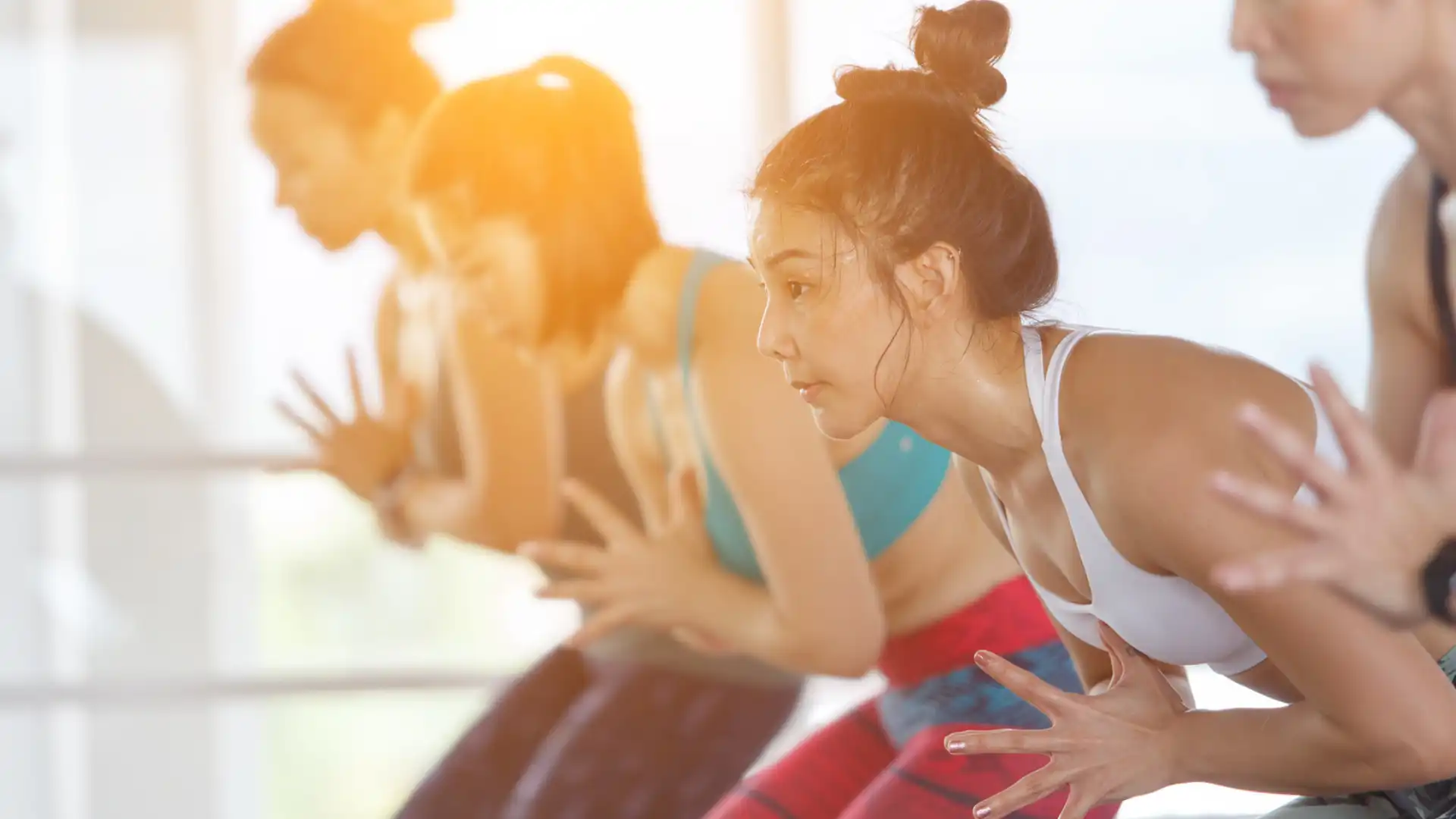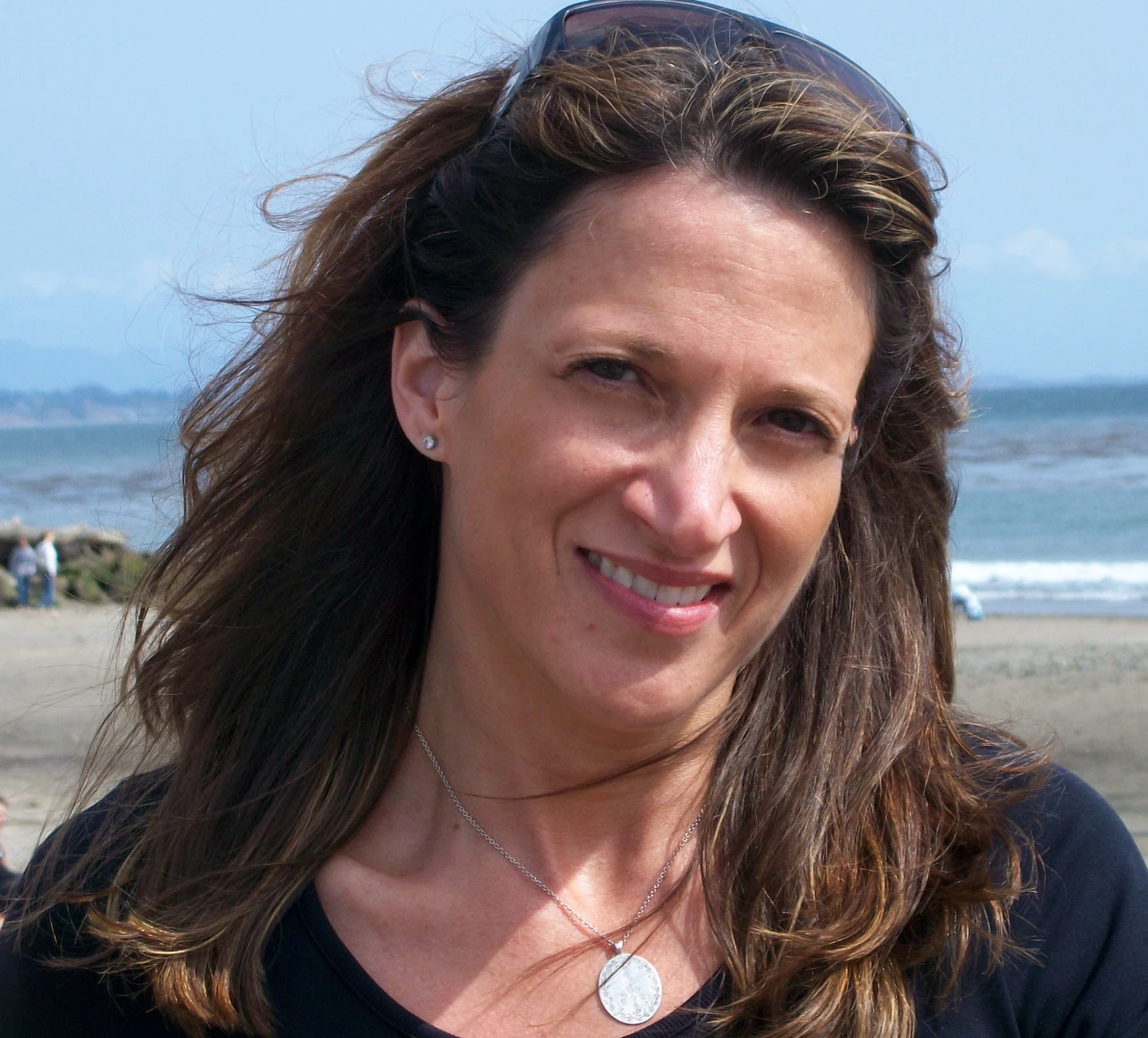Yoga in the U.S. Is Growing at a Staggering Rate Study Finds

It’s no news that yoga is growing in popularity, but according to a study, the interest in yoga has grown at a staggering rate over the recent years. From 2012 to 2016, the number of yoga practitioners almost doubled, growing from 20.4 million in 2012 to around 37 million in 2016. That’s an increase of more than 80 percent.
This is one of the key findings of the 2016 Yoga in America Study co-sponsored by Yoga Journal and Yoga Alliance. The survey included 2,021 American adults and 1,701 yoga practitioners.
Yoga Is Booming
At 36 million, the number of regular yoga practitioners now constitutes 15% of the US population. What’s more, awareness of the practice of yoga in the general population has grown from 75% – 90%. One in three survey respondents have now tried some form of yoga, and 34% say they are likely to try yoga in the next 12 months.
More Men Are Now Practicing Yoga
As the awareness of yoga has grown, so has its diversity. More men and adults over the age of 50 are attempting a yoga practice than ever before. In fact, the number of men practicing yoga has grown by approximately 4 million in the past 3 years, and men now make up 30% of practitioners.
Even though more men are showing up on yoga mats across the country, the majority of yoga students (70%) continue to be women. Notably, the age range of women practitioners is fairly evenly distributed between age groups (18-29 = 19%; 30-39 = 23%; 40-49 = 20%; 50-59 = 17%; and 60+ = 21%). In other words, around 42% female practitioners are between the age of 18 to 39, 20% are 40-49 and 38% are over the age of 50.
Demographics of Yoga Practitioners Today
The popularity of yoga varies widely depending on where you live. Approximately 20% of people living in the Pacific and mid Atlantic states such as California, Oregon, Washington, New York and Pennsylvania practice regularly (a total of 14.8 million). In contrast, fewer than 10% of people in “west north” states such as Minnesota, North and South Dakota and Nebraska and “east south” states like Tennessee, Arkansas and Alabama (a total of 3.2 million) have attempted a yoga practice.
Of those who regularly practice yoga, 56% identify themselves as “beginners”, 42% as “intermediate” and only 2% call themselves advanced practitioners. This is most likely due to the fact that the majority of students (74%) have practiced yoga for 5 years or less. In fact, 30% of survey respondents are relatively new to yoga, having practiced less than 1 year.
The overwhelming number of respondents (31%) reported practicing 2-4 times per week, 22% indicated that they practice once per week, and approximately 6% said they practice 5 times or more per week on average. Interestingly, home won out as the yoga venue of choice, with 65% of participants indicating that they practice there. The remaining majority practice at either a health club or gym (48%) or yoga studio or center (45%).
Yoga enthusiasts tend to be more physically active than the general population. While 62% of non-practitioners report engaging in no other forms of exercise, that is the case for only 21% of yoga practitioners, of whom 37% reported participating in group exercises other than yoga compared to 9% of the general population.
Yogis are also generally more environmentally and socially “mobilized” compared to the general population. Well over half of yoga practitioners (55%) reported eating sustainable foods and living green compared to only a third of other Americans. Yoga practitioners are also more likely to donate their time to the community, buy organic food, use natural health and beauty products, meditate, and practice a vegetarian lifestyle compared to non-practitioners and the general population.
Why Do People Practice Yoga?
Why are more Americans drawn to their yoga mats than ever before? Chances are it is because more people are now aware of the benefits of yoga. Of all the people surveyed 90% of respondents agreed that yoga enhances performance in other activities.
Roughly 75% agree or strongly agree with the statement, “yoga is good for you.” Seventy-five percent also agree that yoga increases flexibility, 72% believe that yoga is a stress-reliever, and 72% concur that practicing yoga postures is a form of meditation.
The incentive for beginning a yoga practice also varies among students. Most yoga practitioners (46%) stated that personal interest was the primary motivator to begin practice. For others, encouragement from a friend (33%) and a free class (24%) were what drew them to a yoga mat.
Both physical and psychological benefits of yoga served as incentives to continue practice. Of those surveyed, 59% cited flexibility as their primary impetus for practicing yoga, followed by stress relief (53%), improving overall health (48%), general fitness/conditioning (47%), strength (40%) and mental health (35%).
Which Are the Most Common Barriers to Practicing Yoga?
Despite yoga’s growing popularity there are still over 208 million non-practitioners in the U.S. When asked why they haven’t ever tried yoga, people listed the following reasons:
-
28% responded that they were not sure whether the practice was right for them.
-
19% stated that they weren’t sure how to get started,
-
17% reported that they do not exercise, 14% felt out of place, 11% did not believe that they would enjoy it,
-
10% felt that it was too expensive, and
-
12% did not believe that they had the right body type for yoga.
Of those who have attempted and discontinued yoga, 16% were not sure that the practice was right for them, 13% reported feeling out of place, 13% did not enjoy it, 18% felt that it was too expensive, and 12% stated that they “didn’t do very well”.
In spite of its popularity and mainstream appeal there were a number of factors and perceptions about the practice itself that deterred people from practicing. Among them, “yoga is boring/too quiet,” “yoga is for really flexible people,” “yoga is for young people,” “yoga is not physical enough,” and lastly, “yoga is spiritual.”
In addition to these viewpoints, the exclusivity of yoga practice was seen as a major obstacle. Yoga in the U.S. has historically been more common among affluent, Caucasian, well-educated women. Indeed, women continue to comprise well over two-thirds of yoga students across the country. While the perception or exclusivity may not be enough to dissuade some people, a significant proportion of respondents were deterred from the practice because of these beliefs.
Even among non-practitioners, 71% agreed that yoga is good for you, however. Non-practitioners also concurred that yoga increase flexibility (72%), relieves stress (69%), is a form of meditation (68%), enhances performance in other sports (62%), and is a spiritual endeavor (59%).
Regardless of where you live or your rationale for practicing, the 2016 Yoga in America Study shows that increasingly more people are enjoying yoga, reaping its benefits and incorporating the practice into a healthy lifestyle.
 B Grace Bullock, PhD, E-RYT 500 is a psychologist, research scientist, educator, author, yoga and mindfulness expert and creator ofBREATHE: 7 Skills for Mindful Relationships. Her mission is to reduce stress, increase health and wellbeing and improve the quality of relationships. She offers classes, workshops, writing and research that combine the wisdom of applied neuroscience, psychophysiology, psychology and contemplative science and practice. Her goal is to empower individuals, groups, leaders and organizations to reduce chronic stress and increase awareness, attention, compassion, mindfulness and effective communication to strengthen relationships, release dysfunctional patterns and unlock new and healthy ways of being. Dr. Bullock is a Certified Viniyoga Therapist and Faculty at the Integrated Health Yoga Therapy (IHYT) Training program. She is the former Senior Research Scientist at the Mind & Life Institute and former Editor-in-Chief of the International Journal of Yoga Therapy. For more information see www.bgracebullock.com
B Grace Bullock, PhD, E-RYT 500 is a psychologist, research scientist, educator, author, yoga and mindfulness expert and creator ofBREATHE: 7 Skills for Mindful Relationships. Her mission is to reduce stress, increase health and wellbeing and improve the quality of relationships. She offers classes, workshops, writing and research that combine the wisdom of applied neuroscience, psychophysiology, psychology and contemplative science and practice. Her goal is to empower individuals, groups, leaders and organizations to reduce chronic stress and increase awareness, attention, compassion, mindfulness and effective communication to strengthen relationships, release dysfunctional patterns and unlock new and healthy ways of being. Dr. Bullock is a Certified Viniyoga Therapist and Faculty at the Integrated Health Yoga Therapy (IHYT) Training program. She is the former Senior Research Scientist at the Mind & Life Institute and former Editor-in-Chief of the International Journal of Yoga Therapy. For more information see www.bgracebullock.com
Sources
2016 Yoga in America Study, Ipsos Poll conducted on behalf of Yoga Journal and Yoga Alliance, October 13-17, 2015.



